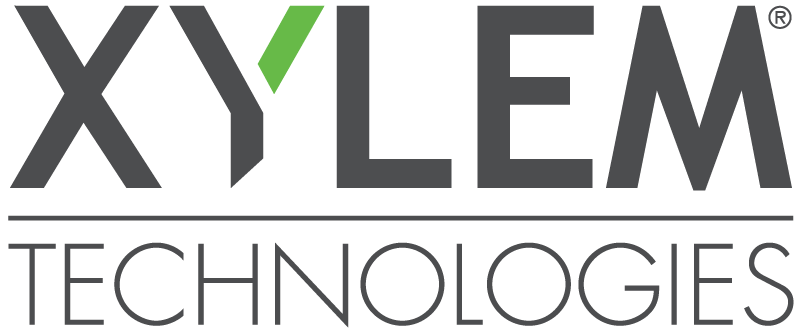Performance-based building design and retrofit optimization: The SEMERGY approach
This contribution reports on the development of a computational environment for performance-based building design and retrofit optimization. The underlying technologies for this environment were developed within the framework of the research project SEMERGY. One of the key objectives of this research project was to explore and utilize the potential of Semantic Web Technologies toward provision of effective support for building performance assessment and optimization. The motivation behind this line of inquiry was grounded in pertinent results of earlier research and development efforts concerning the application of performance assessment tools by the design community. Such results identified, as a key impediment, the extensive amount of time, effort, and expertise required to accumulate and provide input information for performance evaluations tools and routines. This circumstance was found to represent a disincentive particularly with regard to the application of such tools for improvements in early stages of the building design and delivery process. Even the most rudimentary performance inquiries require large quantities of data regarding building materials and systems, climatic conditions, building codes, etc. Much of this data is available on the internet, yet its use is hampered by lack of appropriate structure and format. The SEMERGY project explored thus the potential for acquiring and utilizing the abundant, yet ill-structured building-related data available on Web, through implementation of Semantic Web Technologies. This web-based data is deployed within a flexible, multi-objective design optimization environment, incorporating various performance assessment applications.
From Mahdavi, U. Pont, N. Ghiassi, F Shayeganfar, S. Fenz, J. Heurix, A. Anjomshoaa, A. Tjoa: „Performance-based building design and retrofit optimization: The SEMERY approach“; Dosya (Dossier) – Bi-Monthly Magazine of the Chamber of Architects / Turkey (eingeladen),Digital Opportunities in Architecture(2015), 35; S. 49 – 57.
„People involved in architectural planning and building performance evaluation are increasingly confronted with a multitude of challenges: On the one hand, environmentally relevant issues require an energy and eco-efficient building design, construction, and operation strategy. On the other hand the rather short-term economic constraints of construction projects limit the degree to which advanced technical solutions may be realized. To assess the energy and environmental performance of existing and projected buildings, a multitude of IT-based tools have been developed. Although these tools offer a wide range of capabilities, their use is often limited to certification and validation, instead of performance-oriented design decision making1). Insufficient efforts toward performance-oriented design have multiple reasons, including economical and technical challenges. The substantial amount of time and expert knowledge required to investigate the performance of different design approaches is believed to prolong the design phase and result in additional expenses. Furthermore, both designers and clients lack sufficient and effective access to data necessary for detailed energy and cost assessments. This data regularly includes technical and economic information associated with building materials, components, systems, building regulations and standards, available funding opportunities, and governmental subsidies. Additional influencing challenges include notorious underestimation of the costs and complexity of large-scale projects2) and associated uncertainties3). Recent studies4) identify the lack of market transparency and information availability as major demotivating factors for building owners to invest in thermal retrofit projects. Thus, efforts are needed to facilitate efficient delivery and presentation of required data toward multivariate assessment of alternative design and intervention options.“
„In the course of a recent project, we have addressed these issues by developing SEMERGY, a web-based decision support and optimization environment, operable by users of different experience (clients as novice users, professional members of the building design community). The SEMERGY environment attempts to surmount the data-related barriers to performance-oriented design through utilization of “Semantic Web” technologies5) for semi-automated data acquisition from web-based sources. A proof-of-concept for this approach has been demonstrated in the first release of the SEMERGY web-environment6). The current rollout features multi-objective optimization routines and identifies feasible alternative design scenarios for cost, energy demand, and environmental impact of retrofit measures. As a general framework for building performance assessment and optimization, SEMERGY is open to incorporation of different existing calculation or simulation methods 7) 8) 9). The present contribution focuses on the main features of the SEMERGY environments, its development process, and associated challenges and solutions. We specifically address the incorporation of semantic web-technologies for semi-automatic extraction, reorganization, and population of project-relevant data. There are a number of approaches to offer design and retrofit decision support: The tools differ in their scope (thermal performance assessment, energy balance), price policy (free, open source, commercial), their scale (building components, whole buildings), their methodology (simple calculation, normative approaches, numeric simulation), and their technical realization (browser-based applications, tools for download and installation). In previous studies, we have explored a number of web-based building performance simulation tools toward their availability and usability10). The majority of the tool studies (some of which already disappeared) did not display a rigorous computational basis nor a convincing user interface. Some tools appear to be motivated by potentially useful use cases, involving, for instance, the generation of “virtual energy certificates” for buildings11). However, given their highly limited data input possibilities for both geometry and semantic building information renders their deployment scope questionable. Likewise, some tools offer fully automated issuing of governmentally required energy certificates solely based on non-validated user input, which may be a doubtful practice, given accuracy problems of the input data12). Lastly, none of the web-based tools we studied displayed convincing capabilities in view of effective support for design optimization. In this context, SEMERGY appears to address a timely need for tools both convenient in use and reliable in performance. Recent announcements pertaining to efforts with similar objectives underline this tendency13). Note that the idea of creating a comprehensive environment for different building performance related enquiries is as such not new. The SEMPER project14), envisioned already some two decades ago an overall framework capable of performing calculations and simulations in various different domains, including energy-related aspects as well as thermal, visual and acoustical performance.“
